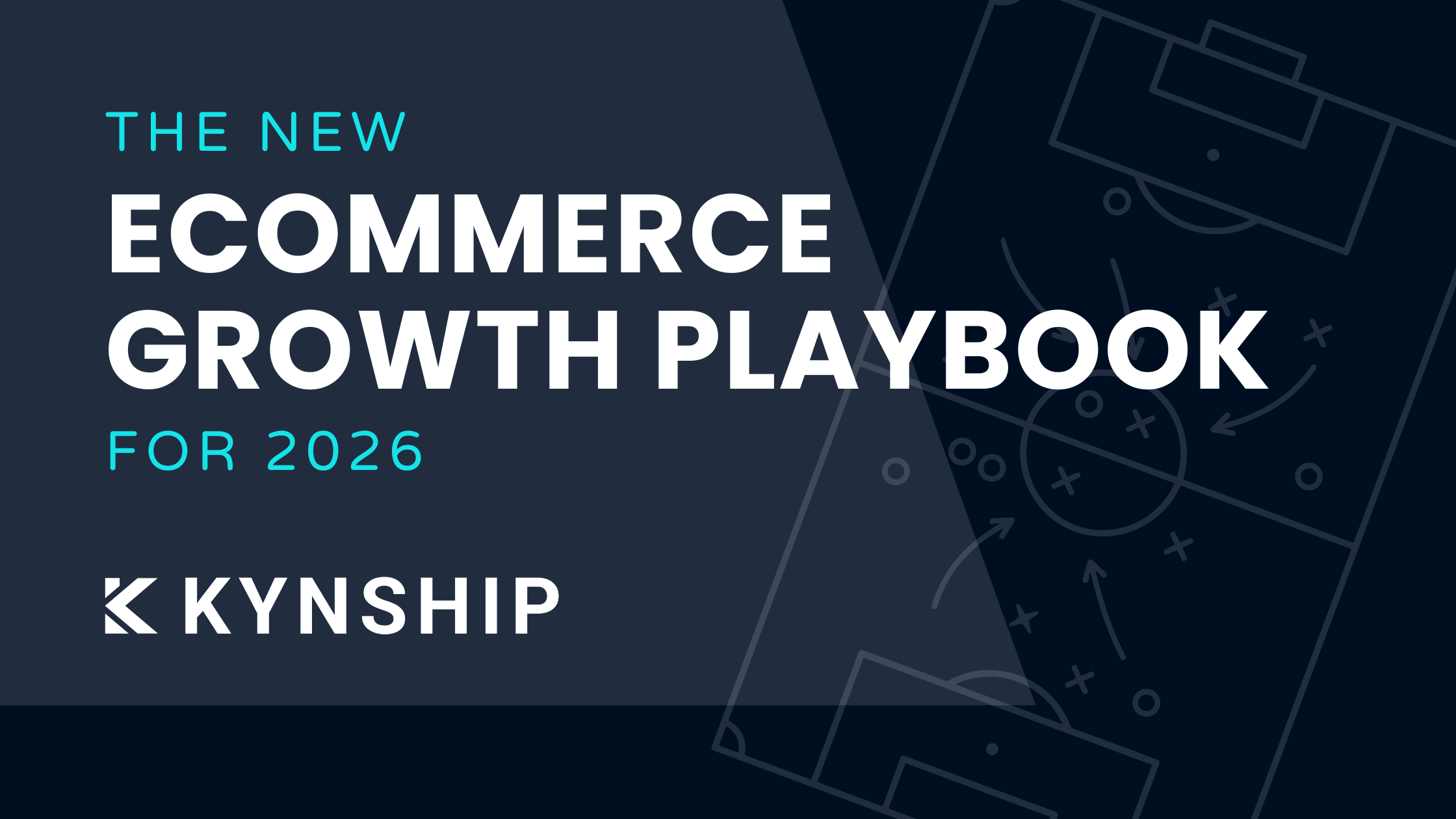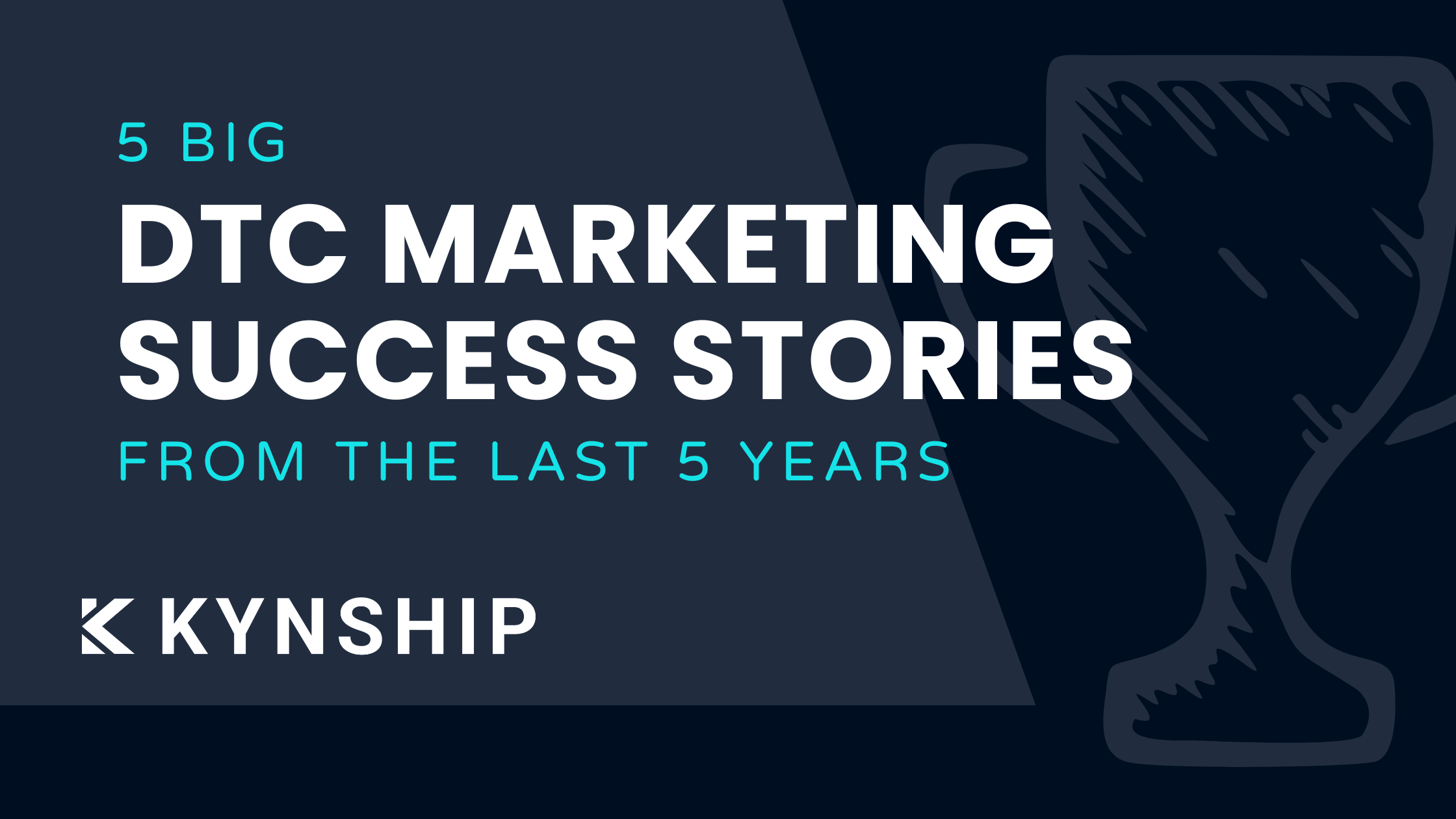Building a Million-Dollar Influencer Program: Lessons from Lily Comba
.png)
Lily Comba, founder of Superbloom and formerly Director of Ambassadors & Partnerships at Seed Health, shares her journey leading the influencer program at Seed, which saw a 5X return over the 2020-2023 period.
In this episode of The Influencer Marketing Blueprint, Comba shares her learnings from scaling the program to hundreds of millions of dollars in attributable revenue.
Identify the Right Content Format
What platform and content format will get you the most traction from your influencer marketing program? Reels? Stories? Posts? The answer is that it depends on the life stage of your brand and influencer marketing program.
"I don't usually recommend that brands focus on reels or posts in feed until you have a well-established influencer program, you're hitting your groove, your goals, and you're in a good place," said Comba.
Comba explained that if you’re working within the context of direct response marketing, you won't see a return on reels and posts because there's nothing clickable about these types of content. If you're trying to sell something on the internet, you need a clickable link. As a result, in the early days, it makes more sense to focus on Instagram stories (with links) and YouTube (with the partnerships link placed above the 'show more' fold.)
Once you identify the content formats you want to test, be sure to track how one is performing against the other.
"We tracked what percent of our budget was going towards Instagram stories and reels, versus TikTok, YouTube integrations and shorts, podcasts, and newsletters with a very fine-toothed comb."
As for tracking CPA, "we used cold hard code redemptions to track CPA and gauge campaign success," says Comba, adding that they redirected customers to product detail pages and added source and medium information to those links so the brand could go back and track link clicks if needed. However, she strongly recommends creating co-branded landing pages, which could unlock great success for the creator community.
Negotiating Contracts with Talent Agents
Seed spent nearly $20 million on influencer fees alone and saw about $100 million in revenue solely from influencers. The team worked cross-functionally with the performance marketing team. With in-house creative teams typically being a slower-moving, more methodical process for any company, it makes sense to leverage the influencer deals you're booking and use that content for paid social campaigns. Factor that into your contracts.
"At one point, 70% of our ad sets were just influencer whitelisting deals," Comba aded. "Influencers were 30 to 40% of our marketing budget. Our CPA came in at around $96, still below our $100 mark target."
"Seed had a 90% test to 10% rebook ratio in the early days. Toward the end of 2021, we hit a 50/50 groove. Then we found our sweet spot at 70% rebooked partners and 20% test partners."
If you have $1 million to spend, $700,000 of that should go to partners who are guaranteed to see a return and will reach your CPA/ROAS goals. Ensure that 70% of your community is being prioritized in your budget. That leaves 30% to test brand new partners you've vetted and negotiated good contracts with.
Influencer Payments & the Importance of Disclosure
How do you pay influencers? There is no one straight answer. However, if you receive an influencer's media kit, you first want to look out for a few key metrics.
Age, gender, customer profile fit, and location (US or internationally) are some of them. It's also worth knowing if their audience is largely based out of the US or internationally. If it's a female influencer, it's preferable if the majority of their followers are female. You should be trying to assess through the process whether they merely have followers or an active community.
The number of followers doesn't necessarily matter. An influencer could have 200,000 followers or 200 million. The odds are the influencer with 200,000 followers will convert better and want to work with your brand than the one with 200 million. Always look at engagement scores and base payment on it. Payments can also be based on a sliding scale that corresponds to their audience size and/or other performance metrics.
“If a partner has a million followers, you should see at least a 10% engagement on their content i.e. 100,000 views (followers to story views), while a 25% engagement rate would be ideal.”
There are multiple negotiation levers you can pull with talent agents or directly with the concerned talent. Paid usage is one of them. If you can't agree to a fee, leverage paid usage for an even better deal. "We were very upfront that our performance marketing team would love to utilize the influencer's content for our paid ads," Comba said.
In the early days, you'll likely put spending behind any influencer creative just to see what sticks. Eventually, you reach a point between your two teams where you only want to boost or promote influencer content that converts well organically.
The Power of Boosting Well-Performing Influencer Content
Sometimes, as your influencer program evolves and grows and you start putting more money behind your marketing efforts, you'll have to carve out a small budget to accommodate paid usage fees.
If your brand is open and flexible to having someone be the face of the brand from the brand's profile, go ahead and try it out. Not every brand's guidelines allow for it, but if yours does, it's ideal to A/B test whether whitelisted content posted from the brand's profile performs better or brand content posted from the influencer's profile.
Finally, humanize the experience for influencers. At the end of the day, your arm of the marketing department is anchored truly and deeply in the human experience. Have a unique co-branded landing page for every partner that feels customized and unique to them. Include your referral, affiliate, and influencer programs all from a single marketing platform that allows you to manage the different influencer relationships in one place, and simplifies the working relationship for your partners.
“Personalization is what takes a group of creators and turns them into a community. You want your influencers to feel that they are supported on the front and back end.”
When you are able to turn creators into a community, you know that you’re really winning at the influencer marketing game.
Key Takeaways
- Identify the right content format: Favor formats that allow for clickable links that can be measured and tracked, especially in the early stages of your influencer marketing journey.
- Negotiate contracts right with talent agents: Identify your top-performing influencers and tag them as your rebook partners. Keep aside 30% of your budget to experiment with vetted ‘test’ influencers.
- Paying influencers + the importance of paid usage disclosure: Base influencer payments off of engagement scores and focus less on follower counts.
- The power of boosting well-performing influencer content: Create co-branded landing pages, humanize the experience for influencers, and support them to turn creators into a community.


5 DTC Marketing Success Stories From The Last 5 Years
Five real DTC marketing success stories from the last five years, breaking down how brands scaled despite rising CAC, creative fatigue, and tougher competition, plus key lessons you can apply today.

The New Ecommerce Growth Playbook For 2026
These are the ecommerce growth marketing strategies we are using right now to successfully scale DTC brands from $2M to $50M.
Bi-weekly tips to reduce your CAC
Join thousands of DTC operators and subscribe to Cut the CAC for insights from the Bottom Line Podcast and Kynship's growth strategies.


.avif)
.avif)
.avif)



